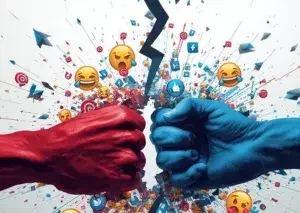
Rebrands used to be simple.
Change the logo. Update the fonts. Maybe throw in a new tagline.
The biggest risk? People might not like the new colors.
Not anymore.
Now they're landmines wrapped in political theater. And every CMO is walking through the field blindfolded.
Welcome to 2025, where your font choice becomes a political statement and your logo update gets dissected by cable news.
The Cracker Barrel Catastrophe
Last week, Cracker Barrel tried something revolutionary.
They removed their barrel. From Cracker Barrel.
Bold move. Terrible execution.
The chain ditched their iconic logo and Uncle Herschel character as part of a massive $700 million rebrand. Not just a logo refresh, a complete restaurant experience overhaul.
Within hours, the internet exploded.
Stock dropped 12%. Twitter declared them "woke." Fox News picked it up. The outrage machine went into overdrive.
Then President Trump weighed in on Tuesday, urging the company to return to their previous logo.
Game over.
By that same day, Cracker Barrel was backtracking faster than a politician caught in a scandal. They released a statement: "Old Timer will remain."
Total surrender in 72 hours.
But here's the crazy part: Cracker Barrel never said they were making political changes. They just...changed their logo. That's it.
The internet did the rest.
Welcome to the New Reality
This isn't just about Cracker Barrel.
It's everywhere.
MSNBC tried rebranding to "MS NOW" last week. The internet ate them alive. "Sounds like a Windows update," one viral tweet said. Brutal but accurate.
HBO Max became Max earlier this year. Everyone made jokes until they essentially gave up on promoting it. The rebrand became the internet's favorite punchline.
Jaguar unveiled their sleek new electric logo to signal their EV pivot. Clean design. Professional execution. President Trump called it "woke" anyway.
Even Tropicana learned this lesson years ago when they changed their orange-with-a-straw design. The backlash was so intense they reversed course in two months.
See the pattern?
Every rebrand now gets dragged into culture wars whether you want it or not.
Your brand strategy becomes everyone else's political statement.
The Anatomy of Modern Outrage
Here's how it works:
Step 1: Brand announces rebrand with an innocent press release.
Step 2: Someone with a platform decides it represents [insert political position here].
Step 3: Social media amplifies the take. Algorithms love conflict.
Step 4: Traditional media picks it up for clicks.
Step 5: Politicians weigh in for attention.
Step 6: Brand either doubles down or folds completely.
There's no middle ground anymore. You're either brave or you're sorry.
And most brands choose sorry.
Why This Is Happening Now
Here's what changed everything:
Everything is political
People are angrier than they've been in decades. About everything.
Your logo choice becomes a statement about your values. Your color palette gets analyzed for political meaning. Your font selection gets scrutinized for cultural implications.
It's insane. But it's reality.
Viral outrage pays
One tweet criticizing your rebrand can get millions of views. Engagement equals money. Controversy equals clicks.
The incentives are completely backwards.
Creating thoughtful criticism takes time. Firing off a hot take takes 30 seconds and might go viral.
Guess which one wins?
Focus groups are dead
"I'm not sure how much testing is valuable anymore," says marketing consultant Nathan Jun Poekert. "Focus groups have zero defense against cancel culture in a politically charged environment where a majority of the country is angry right now."
Smart observation.
You can test with 1,000 customers and still get destroyed by one viral TikTok from someone who's never bought your product.
Traditional market research assumes rational actors making informed decisions.
The internet is neither rational nor informed.
Everyone's a brand expert now
Social media democratized criticism. Now everyone has opinions about your brand decisions.
Some of it's smart. Most of it isn't.
But it all gets the same weight in the algorithm.
A design student's hot take gets the same reach as a seasoned brand strategist's analysis.
The noise drowns out the signal.
The Hidden Costs
The real tragedy? This makes brands more conservative.
More afraid to take risks. More likely to play it safe.
Which means we get more bland, forgettable branding. More brands that look exactly the same because they're all afraid to stand out.
Innovation requires risk. But risk now comes with political baggage.
So brands choose boring.
And we all lose.
The Real Problem (It's Not What You Think)
Most rebrands fail because they're fixing the wrong thing.
Before spending $700 million on a new logo, ask yourself:
Do we actually need a rebrand?
Or are we just bad at marketing?
Is our product the problem?
Maybe our media mix sucks?
Are we solving a customer problem or an internal ego problem?
Douglas Brundage from Kingsland brand studio puts it perfectly: "You may not need a rebrand. You just may need a better upper-funnel marketing strategy."
Ouch. But true.
I've seen companies spend millions on rebrands when their real problem was:
Terrible customer service
Overpriced products
Poor distribution
Weak messaging
Bad advertising placement
A new logo doesn't fix bad fundamentals.
But a new logo is sexier than admitting your strategy sucks.
The Smart Approach
Want to see how to do this right?
Look at brands that successfully navigate controversy:
Nike with Colin Kaepernick. They knew their core customer. They took a stand. Sales initially dipped, then soared.
Patagonia with environmental activism. They don't care if you disagree. Their customers love them for it.
In-N-Out staying true to their California roots and quality obsession. Critics call them overrated. Customers camp out for new locations.
The pattern? They know who they are. They know who their customers are. They don't try to please everyone.
What Smart Marketers Do Now
The savvy ones are asking different questions:
Know your customer. Really know them.
Not demographics. Psychographics. What do they actually care about? What pisses them off? What makes them loyal?
If you don't know, find out. Before you change anything.
Don't piss off your customer.
This seems obvious but brands screw it up constantly.
If you piss off someone who isn't your customer, who cares? Let them complain on Twitter.
But if you alienate your actual customers? You're screwed.
Prepare for war.
The culture wars will pull you in whether you want it or not.
Have a plan. Know your talking points. Decide in advance: Will you fight or fold?
Both are valid strategies. But pick one before the storm hits.
Start with strategy, not aesthetics.
Pretty logos don't save bad brands. Clear positioning does.
What makes you distinctively you? Lead with that.
Everything else is decoration.
Control the narrative.
Don't let others define your rebrand. Tell your own story first.
Cracker Barrel failed here. They announced the change without explaining why. The internet filled in the blanks.
Always fill in your own blanks.
The Playbook
Here's how smart brands handle rebrand communications now:
Before the announcement:
Know your "why" and practice explaining it
Anticipate the worst-case reactions
Prepare responses for different scenarios
Brief your customer service team
Have legal on standby
During the announcement:
Lead with customer benefits, not internal reasons
Use your CEO's voice, not corporate speak
Address concerns proactively
Show, don't just tell
After the backlash (and there will be backlash):
Monitor sentiment, but don't overreact to noise
Respond to legitimate concerns quickly
Ignore bad-faith attacks
Double down on customer communication
The golden rule: Communicate like you're talking to your best customers, not your worst critics.
The Agency Perspective
Agencies are all adapting:
More political risk assessment in rebrand planning
Scenario planning for backlash
Crisis communication built into every launch plan
Client education about modern realities
The creative process hasn't changed. The context has.
The Brutal Truth
Rebrands are getting riskier.
And more expensive.
And the outcomes are less predictable than ever.
But great brands still win.
They just have to be smarter about it.
They focus on their actual customers instead of trying to please everyone.
They lead with authentic strategy instead of following design trends.
They have the courage to stand for something, even if it pisses people off.
And when the internet comes for them? They either stand their ground completely or fold immediately.
There's no middle ground anymore.
Half measures get you the worst of both worlds: angry critics and confused customers.
The Bottom Line
Your next rebrand won't happen in a vacuum.
It will be dissected by political commentators, mocked on social media, and potentially derailed by a single tweet.
The question isn't whether you'll face backlash. You will.
The question is: Are you ready for that fight?
Do you know who you are? Do you know who your customers are? Are you solving a real problem or just chasing trends?
Because if you're not crystal clear on those answers, maybe you don't need a rebrand.
Maybe you just need better marketing.
Or better products.
Or better customer service.
But probably not a new logo.
The most successful brands of the next decade won't be the ones with the prettiest designs.
They'll be the ones with the clearest purpose and the courage to defend it.
Even when the internet comes for them.
What do you think? Are brands being too sensitive to online criticism, or is this the new reality they need to navigate? Have you seen other examples of rebrands gone wrong? Hit “Leave a comment” and let me know your thoughts.
And if you're a marketer dealing with this stuff, I'd love to hear your war stories. The anonymous ones make the best newsletter content.

